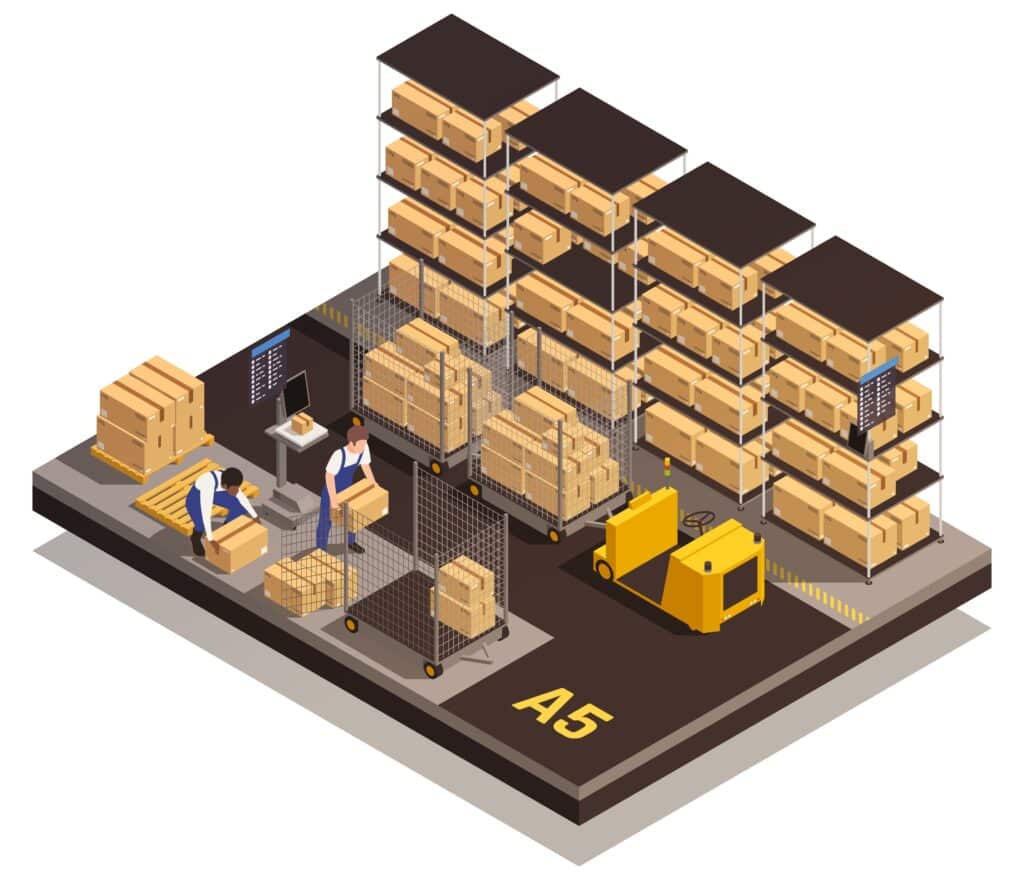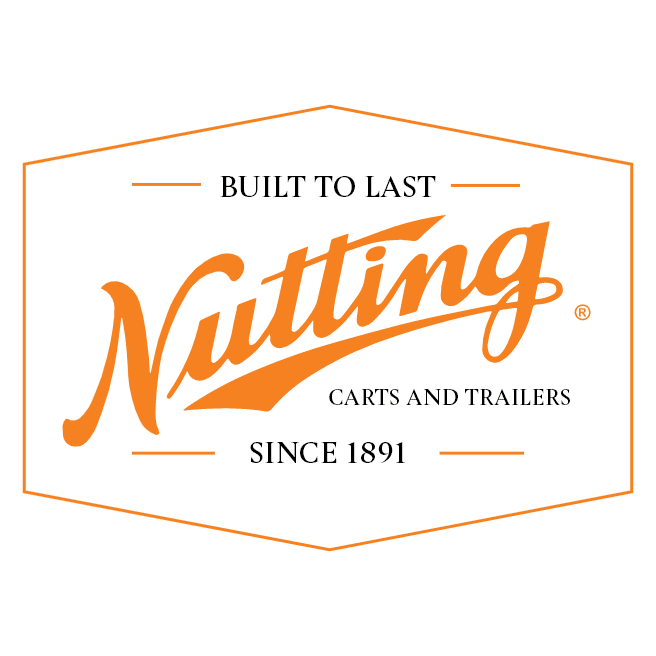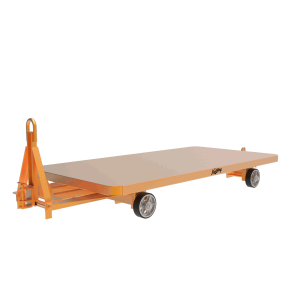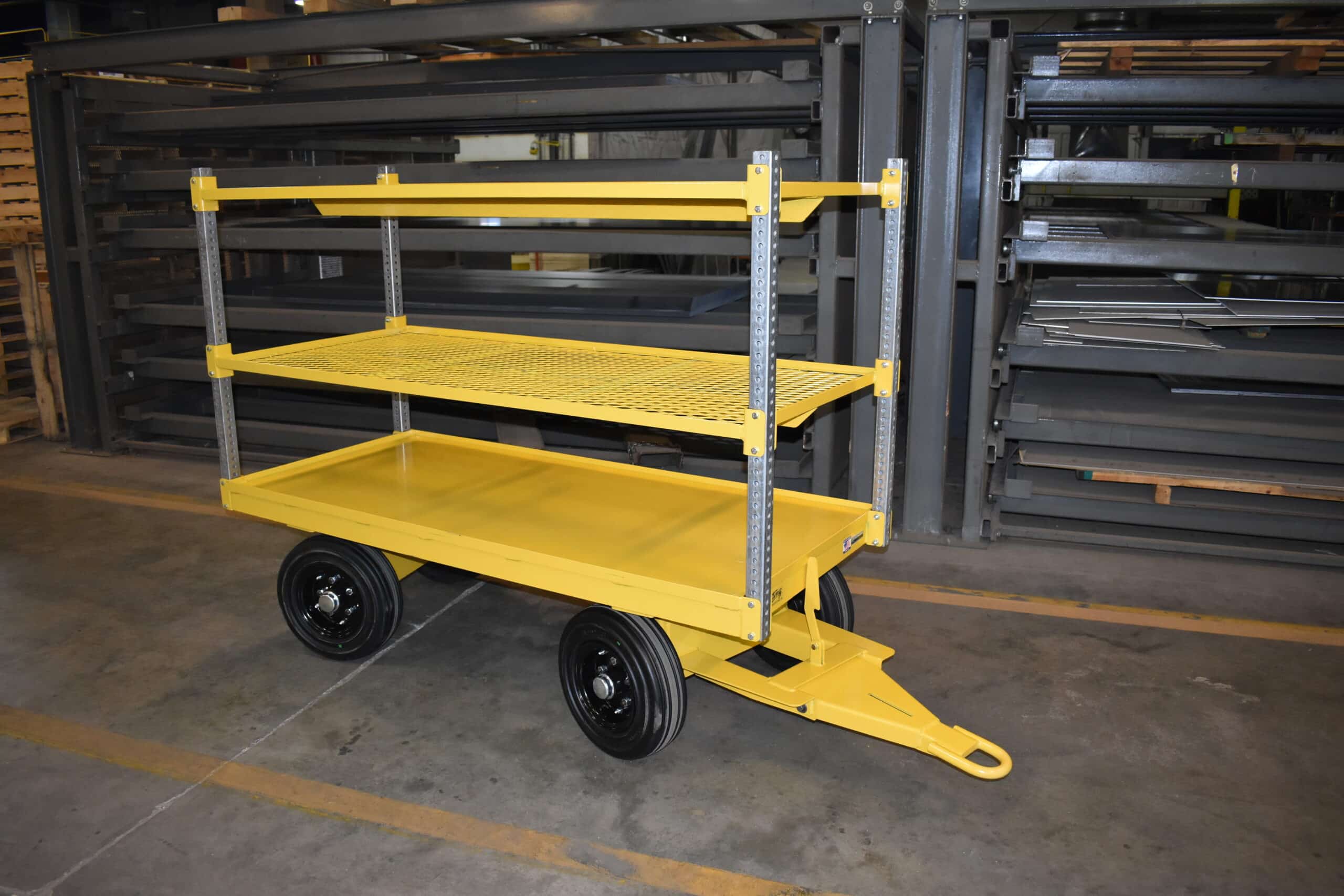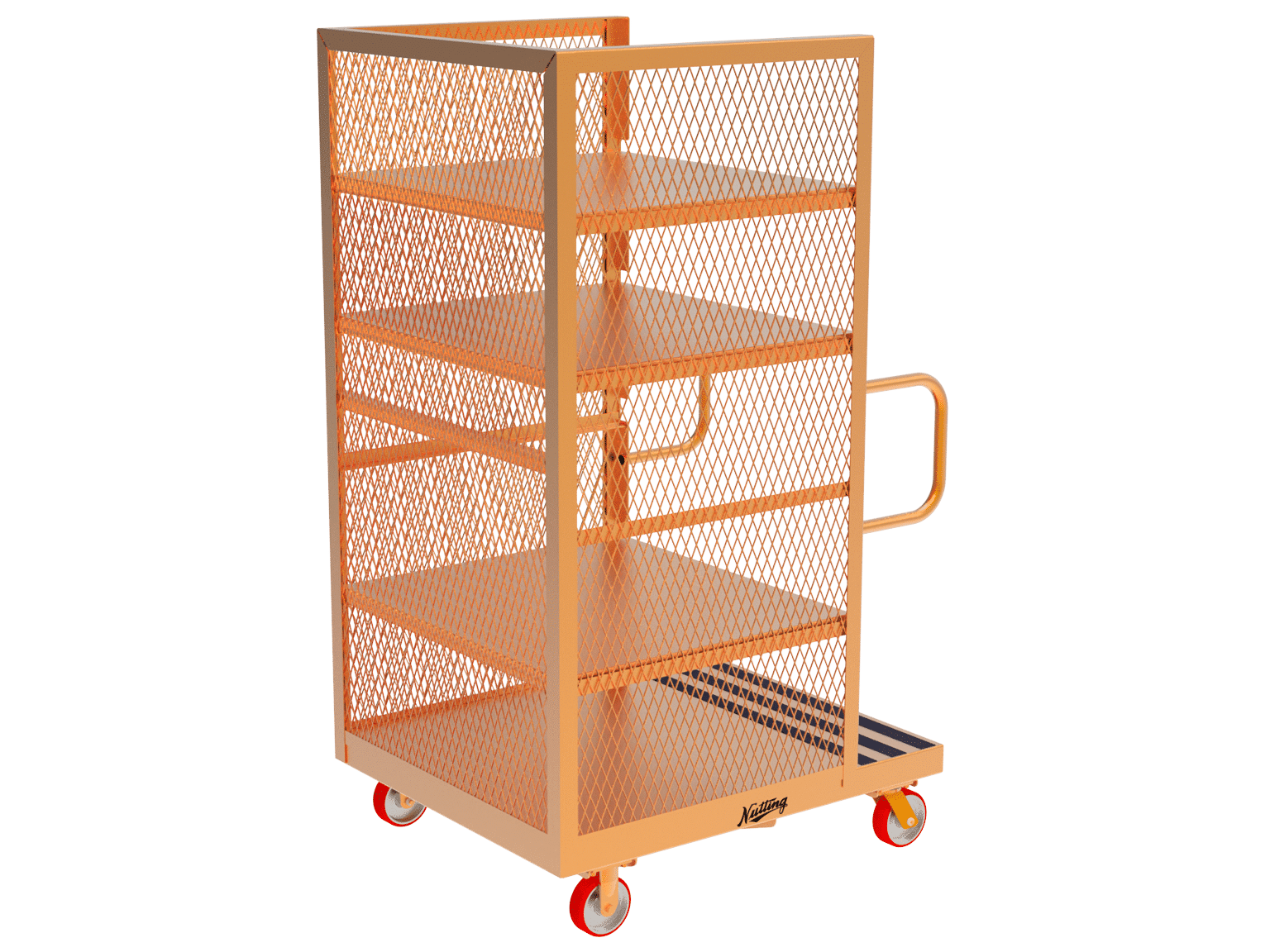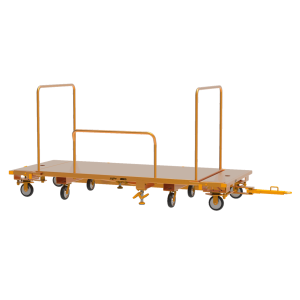Material handling is the short-distance movement of materials and products throughout the manufacturing, storage or warehousing, distribution, consumption, and disposal process. It involves a complex and precise set of systems working together to protect, store, and control materials and products. Every industry employs some form of material handling, from aerospace to ecommerce.
Companies executing the movement of goods deal with a particular set of handling costs, safety concerns, efficiency measures, and equipment needs. This guide will explore the definitions of material handling, types of material handling equipment, and basic principles to give you the resources you need to run your business smoothly.
Material Handling Equipment Types
There are four types of equipment that work together to complete every material handling activity, from hosting goods in a long-term storage facility to hoisting materials meters in the sky:
1. Bulk handling equipment
Equipment used for the transport, storage, and control of materials in bulk form is called bulk handling equipment. Bulk form typically refers to loose bulk form, such as dry materials like sand, gravel, or salt. The most common types of bulk handling equipment include:
Hoppers: Large, metal, funnel-like equipment used to store material and put it into containers.
Stackers and reclaimers: Machines used to pick up or dump raw materials into piles
Conveyor belts: Parts of a conveyor system used to move materials between locations
Elevators: Bucket and grain elevators, or grain legs, move and store bulk materials vertically
2. Industrial trucks
Industrial trucks are vehicles that transport materials, ranging in size and type. Categorized as stacking or non-stacking, industrial trucks can also be automated or hand-operated, so they sometimes fall under the umbrella of engineered systems. The main industrial trucks companies employ are:
Hand trucks or dollies
Side-loaders
Pallet trucks
Platform trucks
Lift trucks, including forklifts
Walkie stackers
3. Storage and handling equipment
Like their title, any equipment used for the safe storage and organization of materials is considered storage equipment. Storage equipment can be used long-term or short-term. It’s usually stationary and manual, not automated, but may be used in conjunction with automated systems. Storage includes:
Drawers, bins, and shelving: Used for a range of storage space needs
Mezzanines: Raised indoor platforms expand available space with vertical storage areas
Racks: Cantilever, flow, sliding, drive-in, drive-through, and push-back racks are all commonly used for storage in between receiving and distributing materials
4. Engineered material handling systems
Engineered systems are complicated automated equipment systems used to help transport and store bulk materials. These systems incorporate multiple pieces of equipment and minimize manual labor, making them a popular choice. You’ll likely interact with automated systems like:
Automated storage and retrieval systems (AS/RS)
Automated guided vehicles (AGVs)
Robotic delivery systems
Conveyor systems
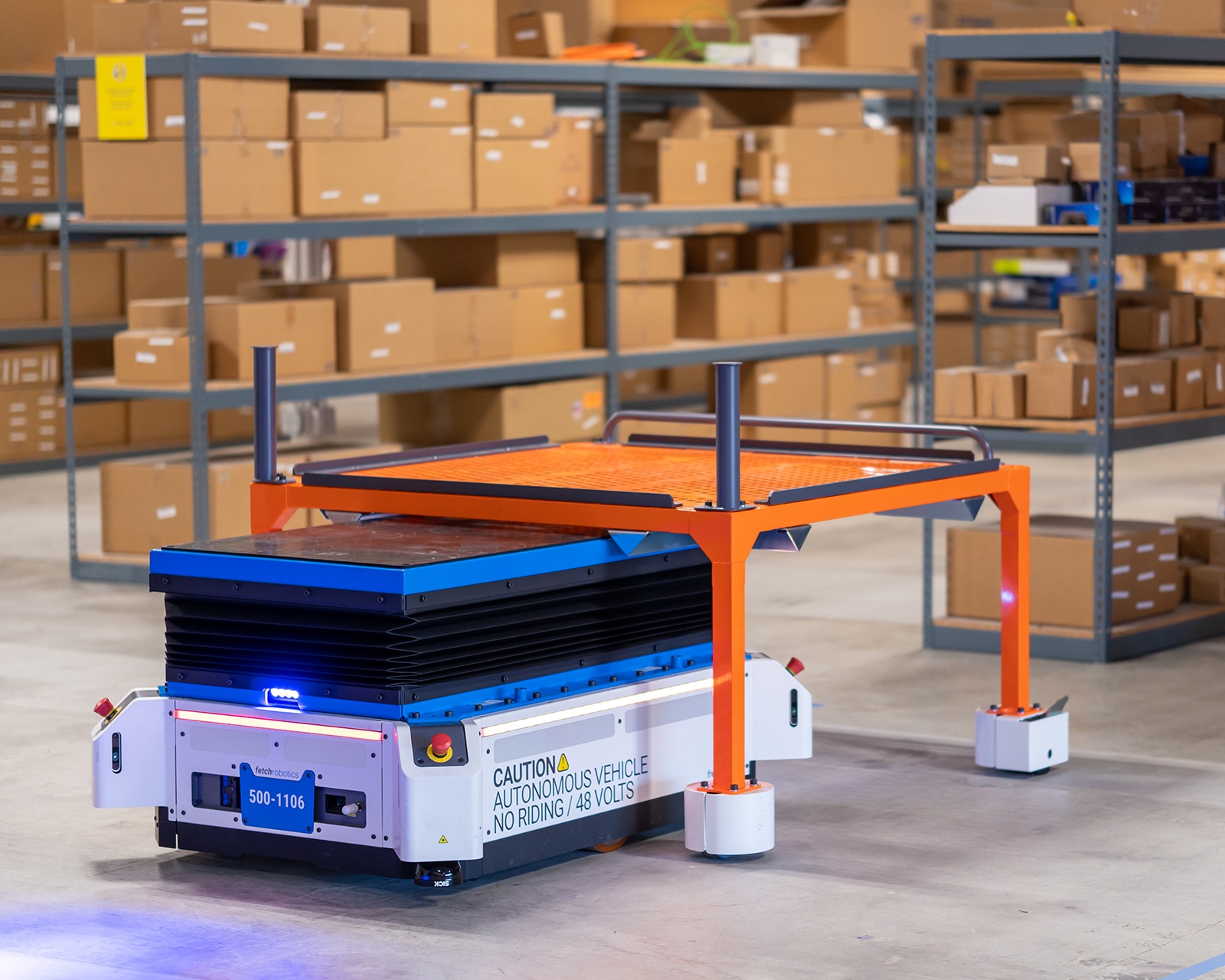
Principles of Material Handling
Because of the complexity and accuracy required in material handling, companies use ten well-known principles in their material handling processes.
You want to keep operating costs low – and the proper material handling processes can help you do so. But poor planning and management can cost you. Employees and leadership at your company should know and execute on the following principles to promote efficiency and safety:
Planning: Every handling operation is defined by a deliberate plan outlining needs, objectives, technologies, and functional specifications.
Standardization: All methods, equipment, controls, and software are standardized within limits.
Work: Material handling processes are simplified to eliminate unnecessary movement without losing productivity.
Ergonomics: Companies adjust working conditions to work with the abilities of workers, including reducing excess labor and promoting safety.
Unit load: Unit loads are designed to maximize efficiency in the material flow. For example, moving individual items as a single load takes less effort than doing so separately.
Space utilization: Material handling processes maximize the use of space and maintain organization in any facility.
System: Material movement and storage operations are coordinated to form a system throughout the entire supply chain process.
Automation: Automation is encouraged whenever possible to enhance efficiency, consistency, predictability, and lower costs.
Environment: Environmental impact and energy use are considered, and alternatives are implemented when possible. Safe handling of hazardous materials is prioritized.
Life cycle cost: Economic analysis covers the full life cycle of equipment, from installation to disposal.
Improving Your Material Handling System Efficiency with the Right Equipment
Improve operational efficiency, lower costs, and maximize customer satisfaction with the right solutions. At Nutting, we offer products with industry-leading durability and dependability to help you get the job done. Contact us today to streamline your facility.

